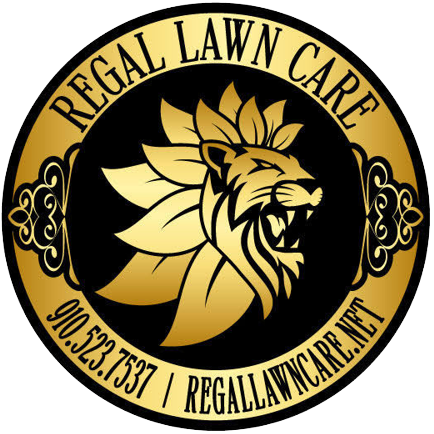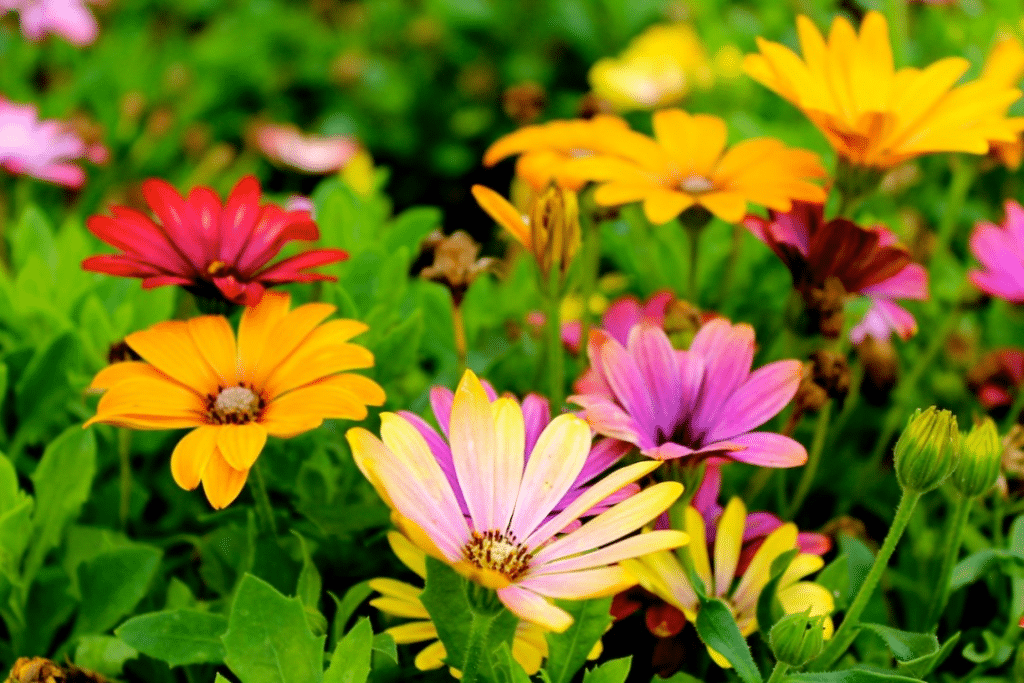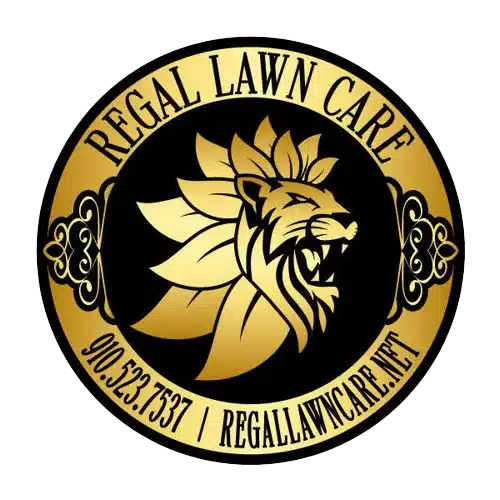Gardeners can benefit from growing their herbs and vegetables in addition to enjoying the aesthetic appeal of flowers thanks to edible flowerbeds, which are a beautiful combination of aesthetics and functionality. As more people look for practical and sustainable gardening solutions, edible landscaping has become popular. We’ll discuss the concept of edible flowerbeds in this blog and offer suggestions for using edible plants in your landscape design.
1. The Idea of Edible Gardens
Edible landscaping is a concept where ornamental gardens are intermingled with food-producing plants. It makes the garden look beautiful and saves space by combining edible and decorative plants. Edible flowers will make your garden a productive and impressive place of beauty.
2. Choosing Edible Plants for Your Flowerbeds
With edible flowerbed installation, choosing the right edible plants is very important. Consider visually appealing and practical plants for your climate and soil conditions. Here are some popular options:
Edible Flowers: Nasturtiums, pansies, marigolds, etc., can be good examples of this situation since they bring bright colors to meals besides their use as garnish or salad ingredients.
Herbs: Basil, rosemary, thyme, and mint are herbs that help cook and add texture or scent to flower beds.
Vegetables: For a multi-functional flower bed, think about adding leafy greens like kale and Swiss chard, as well as small veggies such as cherry tomatoes and peppers.
3. Designing Your Edible Flowerbeds
Designing edible flowerbeds needs to have forethought so that they end up looking fabulous while still serving their purpose. Below are some ideas you should bear in mind when creating yours:
Layering: Sunflowers or corn on the backside would make taller plants; kale or bush beans could take up medium-height positions, while herbs and edible flowers may be grown at short heights at the front, giving a layered appearance that is quite attractive.
Companion Planting: Some plants flourish more effectively with specific neighbors. For example, basil wards off pests that harm tomatoes, serving as an ideal companion plant for tomatoes.
Color Coordination: For instance, lavender’s purple hue will match well with basil’s green leaves. Selecting plants with complementary colors helps people form soothing color schemes.
4. Maintaining Your Edible Flowerbeds
Take care of your edible flowerbeds so that they can be productive for a long time. The tips below will help:
Watering: Consistent watering is essential for herbs and vegetables; however, do not overdo it since this may cause root rot.
Weeding: Regular weeding helps protect your edibles from competition with unwanted plants for space and nutrients.
Pruning: Prune herbs regularly to encourage bushier growth and prevent legginess. Deadheading flowers also promote more blooms.
5. Benefits of Edible Flowerbeds Installation
There are numerous advantages associated with incorporating edible plants into your flower bed installation;
Sustainability—Growing your food reduces the amount of store-bought produce you need, thereby reducing your carbon footprint.
Health: Freshly harvested herbs and vegetables have higher nutritional value and taste better than those sold in stores.
Aesthetics-Edible plants add a unique beauty aspect to your garden, combining function and form.
6. Inspiring Edible Flowerbed Ideas
To inspire you when coming up with ideas for installing an edible flower bed, some of them are listed below:
Herb Spiral: This entails making a spiral bed with varying heights on which different herbs are planted. It not only looks great but also saves on space utilization.
Edible Borders: Edible borders involve using low-growing edible crops such as lettuce or strawberries around one’s flower beds’ perimeters.
Vertical Gardens: You can also include some vertical elements, like trellises or wall planters, to grow climbing plants like beans or cucumbers, hence adding depth and height to your garden area.
7. Getting Started with Your Edible Flowerbeds
The following steps should be followed when you intend to start an edible flowerbed installation:
Soil Preparation: Adding compost manure or organic materials to ensure nutrient-rich soil improves its quality before planting anything in it.
Sunshine: Most edible plants need at least six hours of daily sunlight. Choose a sunny place for your flowerbeds.
Planting:
Specific planting instructions are provided for each kind of plant. Be mindful about spacing so you don’t overcrowd them.
Call today and book yourself an appointment
Do you want to have a good-looking garden with edible flower beds? Call Regal Lawn Care today for professional installation services for your flower beds. Their team is experienced enough to guide you on how to design it up to the installation stage, making it suitable to suit your needs or preferences perfectly, as well as some fun things like having fresh herbs or vegetables from such gardens. Well then, hurry up! Call today and book yourself an appointment with us so that we can begin this journey together!







